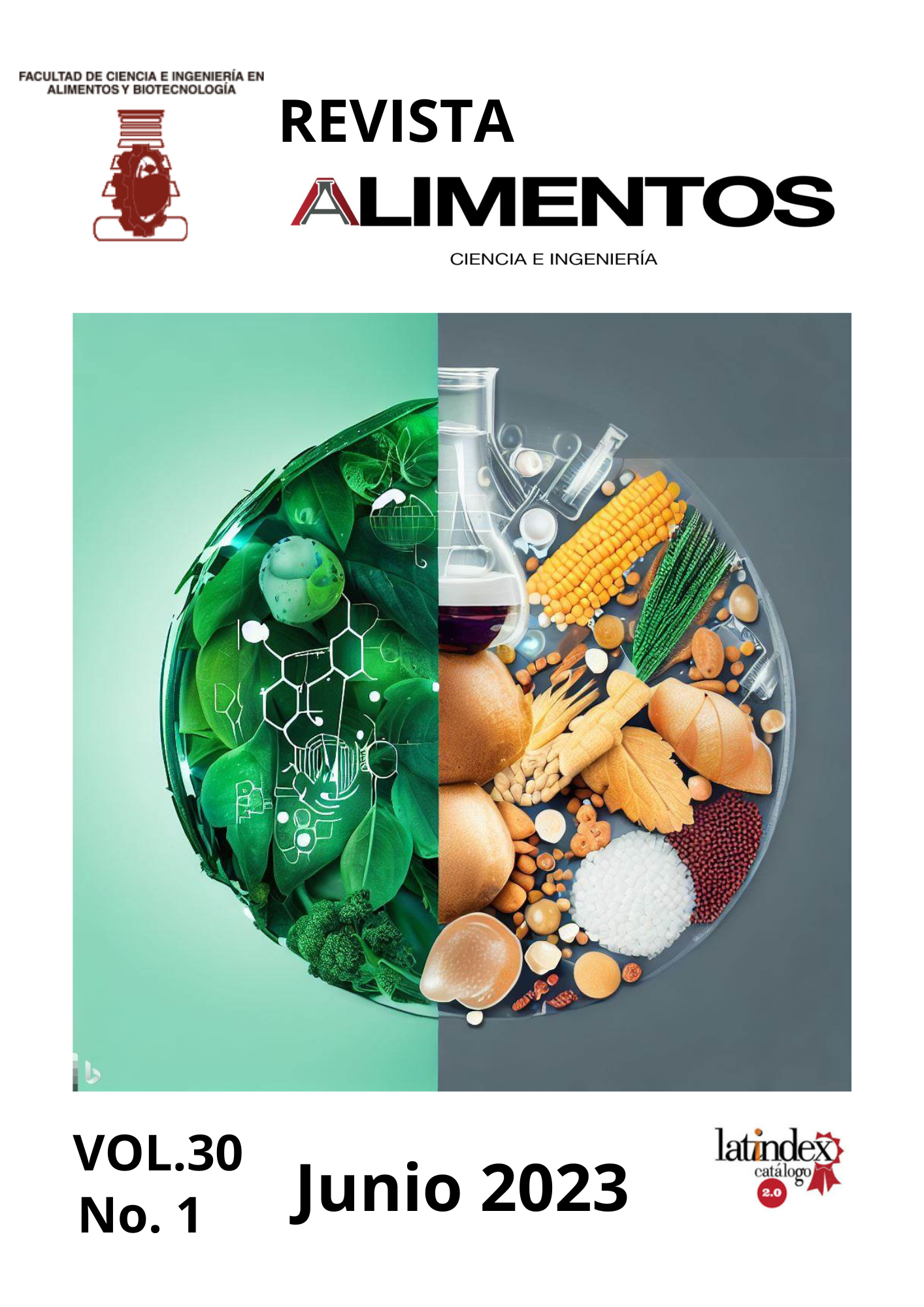Bioinformatic Studies for the Identification of Possible Therapeutic Targets in Amyotrophic Lateral Sclerosis (ALS) Disease BIOINFORMATIC STUDIES FOR THE IDENTIFICATION OF POSSIBLE THERAPEUTIC TARGETS IN AMYOTROPHIC LATERAL SCLEROSIS (ALS) DISEASE
Main Article Content
Abstract
Amyotrophic Lateral Sclerosis (ALS) is a neurodegenerative disease characterized by the progressive loss of neurons in different areas of the central nervous system, which in a short time causes the death of the patient. Biological databases such as MalaCards, Online Mendelian Inheritance in Man (OMIM), Harmonizome and Kyoto Encyclopedia of Genes and Genomes (KEGG) were used, the most relevant genes were grouped according to the dysfunction they cause in the genes and according to the score value assigned in each of them. Twenty-six elite genes were selected from which interaction networks were designed to identify the most important connections between the proteins synthesized by these genes. From these pathways, genes following SOD1 gene mutations were chosen to select the domains that meet the best drugability criteria and through a virtual screening the domains that offer the best conditions for ligand binding that could later be transformed into potential drugs were selected; these receptors were validated using the DrugBank database. The Valosin Containing Protein (VCP) and VAMP Associated Protein B and C (VAPB) genes were identified as the most important genes related to the disease, and the protein receptors Transitional endoplasmatic reticulum and Vesicle-associated membrane protein-associated protein B/C together with their targets, Saquinavir and Astemizole, two commercial drugs whose toxicological properties were analyzed to ensure their applicability. Saquinavir presented better properties in the evaluation of Quantitative Structure-Activity Ratio (QSAR) and Absorption, Distribution, Metabolism, Excretion and Toxicity (ADMET) properties, on the other hand, Astemizole exhibited greater stability since it presents hydrogen bonding, which is responsible for providing this characteristic to the binding.
Downloads
Article Details

This work is licensed under a Creative Commons Attribution-NonCommercial 4.0 International License.
Aquellos autores/as que tengan publicaciones con esta revista, aceptan los términos siguientes:
a. Los autores/as conservarán sus derechos de copiar y redistribuir el material, bajo los términos estipulados en la Licencia de reconocimiento, no comercial que permite a terceros compartir la obra bajo las siguientes condiciones:
Atribución: debe dar el crédito apropiado, proporcionar un enlace a la licencia e indicar si se realizaron cambios. Puede hacerlo de cualquier manera razonable, pero no de ninguna manera que sugiera que el licenciante lo respalda a usted o su uso.
No comercial: no puede utilizar el material con fines comerciales.
Sin restricciones adicionales: no puede aplicar términos legales ni medidas tecnológicas que restrinjan legalmente a otros hacer cualquier cosa que la licencia permita.
References
Okada, M., Yamashita, S., Ueyama, H., Ishizaki, M., Maeda, Y., & Ando, Y. (2018). Long-term effects of edaravone on survival of patients with amyotrophic lateral sclerosis. eNeurologicalSci, 11, 11-14. https://doi.org/10.1016/j.ensci.2018.05.001
Pedretti, A., Mazzolari, A., Gervasoni, S., Fumagalli, L., & Vistoli, G. (2020). The VEGA suite of programs: an versatile platform for cheminformatics and drug design projects. Bioinformatics, 37(8), 1174-1175. https://doi.org/10.1093/bioinformatics/btaa774 %J Bioinformatics
Pires, D. E., Blundell, T. L., & Ascher, D. B. (2015). pkCSM: Predicting Small-Molecule Pharmacokinetic and Toxicity Properties Using Graph-Based Signatures. J Med Chem, 58(9), 4066-4072. https://doi.org/10.1021/acs.jmedchem.5b00104
Pradhan, J., & Bellingham, M. C. J. B. S. (2021). Neurophysiological mechanisms underlying cortical hyper-excitability in amyotrophic lateral sclerosis: A review. 11(5), 549.
Ralli, M., Lambiase, A., Artico, M., de Vincentiis, M., & Greco, A. J. T. I. M. A. J. I. (2019). Amyotrophic Lateral Sclerosis: Autoimmune Pathogenic Mechanisms, Clinical Features, and Therapeutic Perspectives. 21(7), 438-443.


